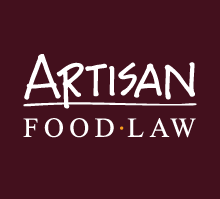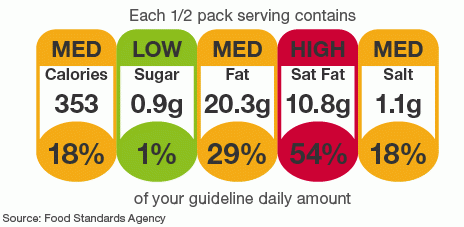Front of pack labelling – shuffling deck chairs or making a difference?
On 31 January 2013 the Department of Health (DoH) published Front of Pack Nutrition Labelling: Joint Response to Consultation. The report is a response to the consultation carried out last summer on front of pack (FoP) nutrition labelling in which the Department of Health states its commitment to the provision of information aimed at helping people make healthy choices. Will it make a difference?
These proposals have to be seen in the context of the EU wide food information to consumers (FIC) Regulation (EC) 1169/2011 which introduces a new food labelling framework over the coming years and will be fully effective in 2016.
A total of 191 full responses from manufacturers, retailers, public bodies, voluntary organisations and individuals were received and a further 948 individuals responded to a shortened version of the consultation. Not surprisingly a strong theme to emerge was the need for consistency of approach. That said, views on how to present the information were mixed – percentage Guideline Daily Amounts (%GDAs), colour coding (traffic lights), high/medium/low (HML) text in various combinations. A majority, however, favoured information on energy in addition to fat, saturated fats, sugars and salt provided on a per portion basis.
Whilst Annex V to the FIC regulation was considered a good starting point for a list of foods exempt FoP labelling, there were plenty of suggestions for both additions and exclusions. The Annex V exemptions include unprocessed products comprising a single ingredient or category of ingredients and processed products where processing consists only of maturing and that comprise a single ingredient or category of ingredients. The picture emerging is not one leading to the clear presentation of useful information.
The key decision had in fact been taken last October when the DoH announced that it was working on a FoP labelling scheme that combined %GDAs with colour coding, that decision, it is said, took account of the response to the consultation and the present report deals with wider issues. The actions now proposed are:
- Give consideration to whether colour coded energy values are included.
- Let businesses decide which products carry FoP labelling.
- Consider the need for further guidance on whether nutritional information is provided ‘as sold’ or ‘as consumed’.
No action is to be taken to introduce yet another 'health' logo to accredit the 'healthiest' foods or the use of 'pings' highlighting energy content, but watch this space.
Meanwhile, consultation on Defra's plans for legislation which underpins and enables the FIC to be enforced in the UK drew to a close on 30 January. The confusion of present and forthcoming legislation is quite enough, why add to it with a voluntary FoP labelling measure full of contradictions? The most likely reaction of consumers faced with this situation will be to ignore it all and just opt for long-standing favoured items. It will make little difference to healthy choices being made.
These are not proposals rooted in the fundamentals of what makes a good diet. This is an agenda being driven, yet again, by the processed food industry and it is hard not to conclude that all this is simply a shuffling the proverbial deck chairs as we drift towards the iceberg of obesity. Pity the poor consumer.





